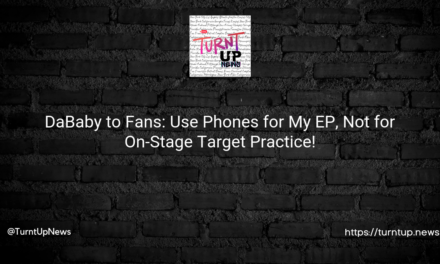🚗💨Tesla’s Mysterious “Diversion Team”: Keeping Up with Range Expectations or Dashing Dreams?🔌🤷
TL:DR; Tesla creates a secret “Diversion Team” to handle and often cancel service appointments related to driving range complaints. The electric giant has been accused of inflating in-dash range readings to look rosy, often underperforming in real conditions. The question is: Is Tesla really being transparent, or are we missing some charge here?🤔🔋
Imagine cruising down the highway in your shiny new Tesla, excited to stretch its electric legs and see if it lives up to that impressive driving range promised on the label. But wait… you notice the range dropping faster than your last relationship status.😅 What gives?
Alexandre Ponsin felt the same pinch. After buying a 2021 Model 3, he set out on a road trip from Colorado to California. He hoped for a breezy ride, close to the car’s advertised 353-mile range on a full charge. Spoiler alert: He was, well, discharged when he sometimes got less than half of that!❄️🔋
When Ponsin tried to book a service, Tesla was like, “Nah, we good!” and canceled his appointment. Unbeknownst to him, a mysterious “Diversion Team” in Las Vegas was playing guardian angel (or devil👹), canceling range-related service appointments. This team apparently had a party every time they hit the cancel button, striking xylophones and all.🎉
The twist in the tale? Insiders suggest that in most cases, the cars were probably fine. The real issue might lie in Tesla setting skyscraper-high expectations about driving range, leaving the cars to under-deliver in real-world conditions. In short, our electric dreams seemed, maybe, a bit too charged up.🎢🌌
Ever wondered why your dashboard displayed a hopeful range that quickly dwindled after hitting 50% charge? Well, sources whisper that Tesla intentionally amped up its range-estimating software. Elon Musk apparently wanted those “good vibes” range numbers displayed on full charge. 🌹🚀
But hey, maybe it’s not all smoke and mirrors. Tesla does have a “safety buffer,” providing about 15 miles of additional range even when the battery’s singing its swan song.🎶
Driving range isn’t just a number—it’s a trust pact with the consumer. It’s a deciding factor for many jumping into the EV bandwagon. And let’s be real, nobody wants to be left stranded on the side of the road, looking longingly at a far-off charger.⚡️💔
Speaking of trust, Tesla was side-eyed by South Korean regulators this year for not meeting range promises. Plus, data from Recurrent, an EV analytics firm, showed that Tesla’s dashboard range meters might have been playing a bit too optimistic, ignoring factors like temperature.🌡️❄️
Electric cars, much like us, don’t love extreme weather. Cold weather slows the battery’s groove, needing a heater to warm things up. But just like that one friend who always sees the bright side, Tesla provides range estimates in two ways, with one system even accounting for temperature. The accuracy? Well, let’s just say it’s optimistic.🌞
Other automakers, like Ford and Hyundai, seem to be a tad more grounded with their range meters. They might not always paint a rosy picture, but at least they’re not setting you up for heartbreak.🚘💯
Tesla might be the cool kid on the block, but when it comes to trust, transparency is the name of the game. Do you think Tesla’s strategy of supercharging expectations is a step forward, or is it leaving consumers in the dust?🤨
And now, the million-dollar question: When we step into the electric future, do we need rosy glasses or a dose of reality?🌺👓





